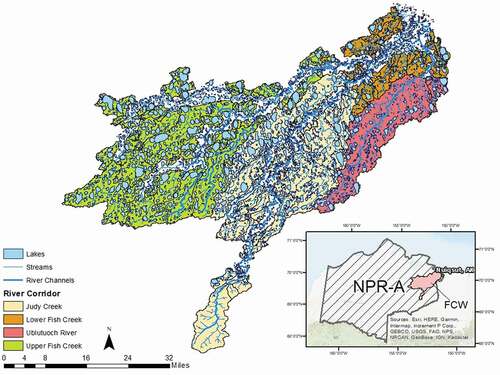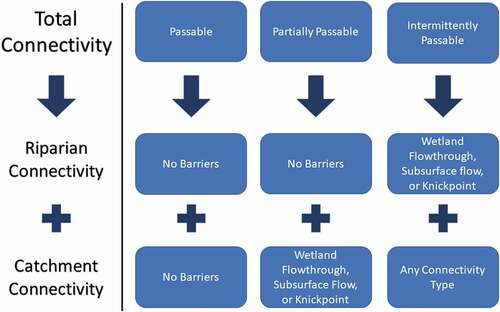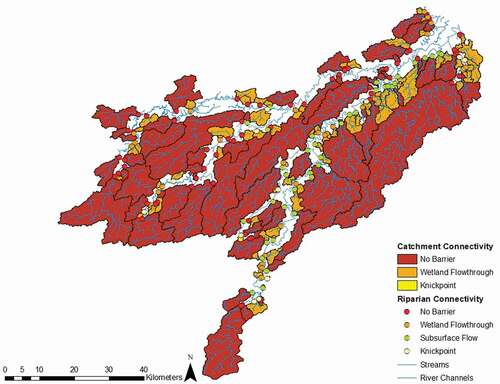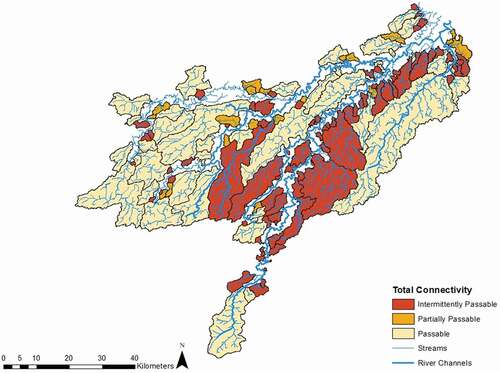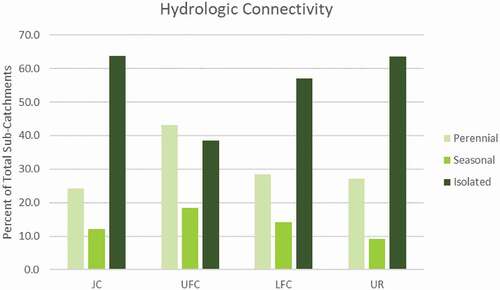Figures & data
Figure 2. Field-validated catchments in the FCW, visited in July. Locations of oblique images () and erosion analysis () are also shown
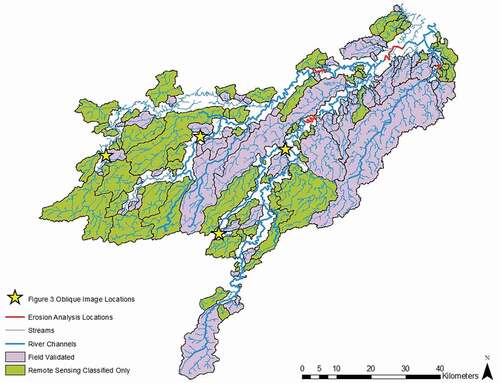
Figure 3. Oblique (left column) and satellite (right column) images of the four example catchment/riparian connectivity classes. The opaque red triangle on the satellite images shows the point of view seen in the oblique images. Connectivity classes shown are as follows: (a) no barriers, (b) wetland flowthrough, (c) subsurface flow, and (d) knickpoint. Locations of these images can be found on
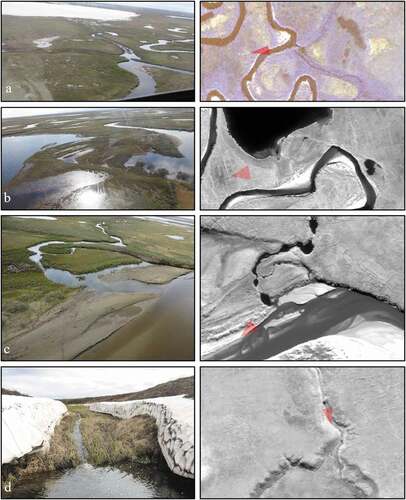
Figure 5. Shorelines drawn in ArcMap for (a) Judy Creek, (b) Upper Fish Creek, (c) Lower Fish Creek, and (d) the Ublutuoch River for use with the DSAS tool to perform the erosion analysis. Locations of these images can be found in
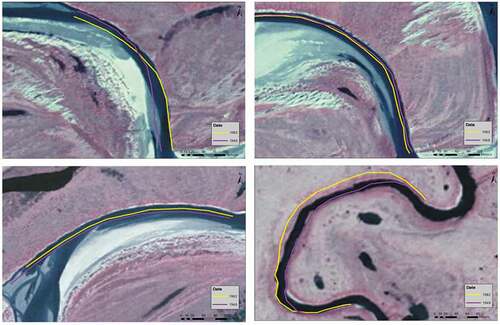
Table 1. Characteristics of the four main river corridors

